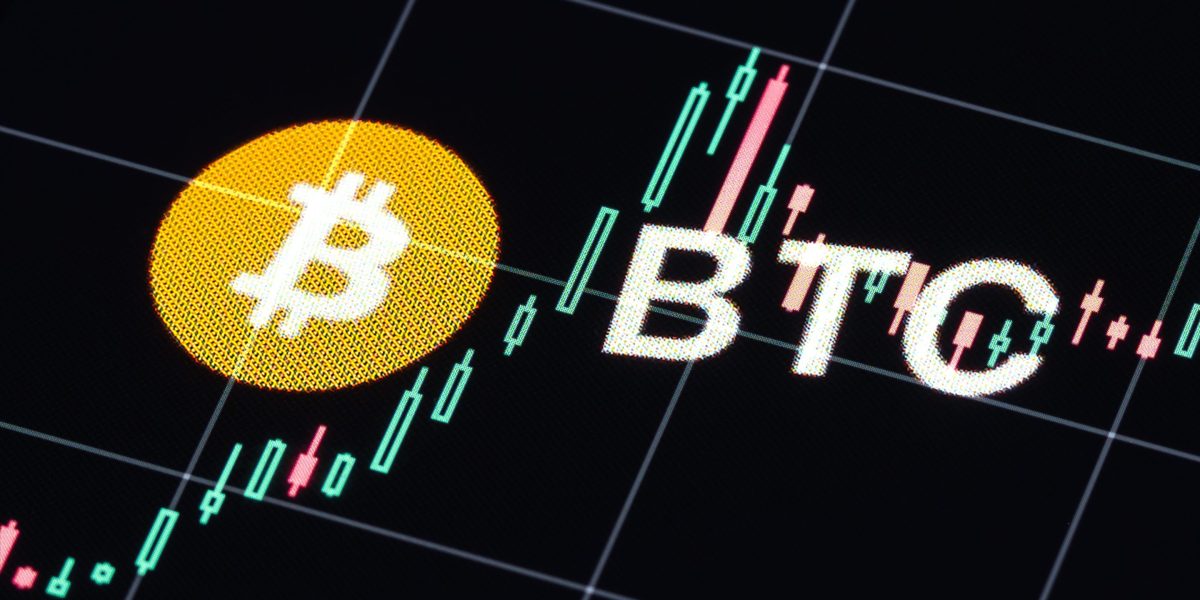Since the Bitcoin network completed its fourth “halving” on Friday evening, the price of the cryptocurrency has only slightly increased, as rewards for miners adding a new block to the blockchain were reduced to 3.125 from 6.25. Historically, halvings result in price surges, but the original cryptocurrency has not yet gained 4% since the event, trading around $66,500 as of early Tuesday afternoon.
✨ Legends celebrating the 1st #Bitcoin halving when the price was $12 in 2012 pic.twitter.com/tkOKCXYDub
— Rizzo (@pete_rizzo_) April 18, 2024
Bitcoin’s price has remained relatively stable post-halving, prompting HODLers to exercise patience to reap the rewards, according to experts interviewed by Fortune.
“The halving had no immediate impact on price. The market impact of Friday night’s movement from the 4th to the 5th epoch will be felt over the ensuing weeks and months,” noted Mark Connors, head of research at 3iQ. He emphasized that the extent of price fluctuations will largely depend on hashrate, the total computational power used for Bitcoin mining.
“Friday night,” Connors elaborated, “was more about observing the expected programmatic shift materialize: Did it execute as expected? We now can check that box.”
Bitcoin still ranges. This is the best scenario.
With the halving behind us, the price will eventually break above the current ATH.
That will start a massive new rally. Be patient. #BTC pic.twitter.com/MMg38DRQ5Z
— Duo Nine ⚡ YCC (@DU09BTC) April 23, 2024
Another reason for the minimal price fluctuation post-halving is the behavior of “buy the rumor, sell the news” investors, who may have contributed to the 12% drop in Bitcoin’s price in the two weeks preceding the halving. This trend was somewhat expected, as Vetle Lunde, a senior analyst at K33 Research, previously mentioned to Fortune. Historically, the optimal time to sell Bitcoin has been 500 days after a halving, as stated by Markus Thielen, founder and head of 10x Research, in a previous interview with Fortune.
Crypto stock prices
In contrast, Bitcoin-related stocks have witnessed significant gains. Microstrategy, the leading corporate holder of Bitcoin, saw its shares rise to nearly \(1,350 by midday Tuesday, marking a 15% increase since Friday. Similarly, shares of prominent U.S. exchange Coinbase surged by about 10%, reaching \)235, while Bitcoin mining companies such as Marathon Digital Holdings and Riot Platforms experienced gains of 15% and 25%, respectively.
The subsequent rise in the stock prices of major Bitcoin miners indicates market confidence in their ability to maintain sufficient hashrate for blockchain functionality, despite the reduced rewards, by adopting more efficient hardware to sustain profitability, according to Matteo Greco, a research analyst at Fineqia International.
However, within the initial 48 hours post-halving, the network’s hashrate declined by approximately 5%, as some miners either went offline or reduced operations to avoid financial losses.
“A decrease in total hashrate post-halving should not be seen as a sign of distress within the mining sector but rather as a typical response to the event. Eventually, the hashrate is expected to recover as miners improve efficiency and competition intensifies,” Greco explained.
As larger miners invest in more efficient machines this year, Thomas Chippas, CEO of Argo Blockchain, anticipates a subsequent increase in the total hashrate once these computers are integrated into the network.
“You’ll see more hashrates slowly come back online,” Chippas affirmed to Fortune. “The unknown factor, of course, is the rate of change of total hashrate on the network, the difficulty change [of production], and then the price of Bitcoin.”

